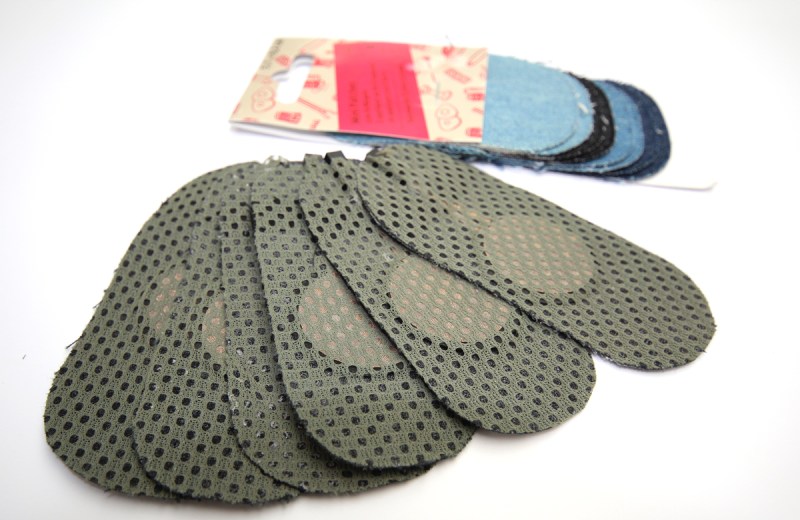When you look at switching solutions for electronic wearables, your options are limited. With a clever application of conductive fabric and thread, you can cobble together a simple switch, but the vast array of switch solutions is much more than that. This one is different. The zPatch from [Paul Strohmeier], [Jarrod Knibbe], [Sebastian Boring], and [Kasper Hornæk] at the Human-Centred Computing Section at the University of Copenhagen gives eTextiles capacitive and resistive input. It’s a force sensor, a pressure sensor, and a switch, all made completely out of fabric.
The design of this fabric touch sensor is based around a non-woven resistive fabric made by Eeonyx. This fabric is piezo-resistive when compressed. This material is sandwiched between two layers of silver-plated polyamide fabric, which is then connected to the analog input of a microcontroller. On top of all this is a polyester mesh, with everything held together with iron-on sheets.
Reading this sensor with a microcontroller is extremely similar to a capacitive touch sensor made out of copper and FR4. All the code is available in a repo, and all the materials to reproduce this work can be found in the various links provided by the team. That last point — reproducibility — is huge for an academic work. Not only did the team manage to come up with something interesting, they actually provided enough documentation to reproduce their build.
In the video below, you can see how this sensor can be used to sense a hand hovering, a light touch, a hard press, or anything in between. Only two analog pins are required for each sensor, making the routing and layout of this eTextile should be relatively easy to integrate into clothing. It’s a great build, and we can’t wait to see the community pick up on these really cool sensors.
















I really liked the example of the headphones. Especially when he held his hand to his ear to hear better.
Though it also made me giggle, if he keeps that loud music on for the next few years he probably will be doing that same gesture every time people speak to him, even without the headphones.
But seriously, a nice step in the progress of wearable electronics.
QWERTY Keyboard on a long shirt sleeve please
It looks like a piezo connected to a transistor gate for the capacitive part and on to an adc for the pressure part.
Is it available for purchase? If it is, from where can I get this? And I would be glad، if you can share the full documentation of your invention.
Thanks.
Where can I buy this from